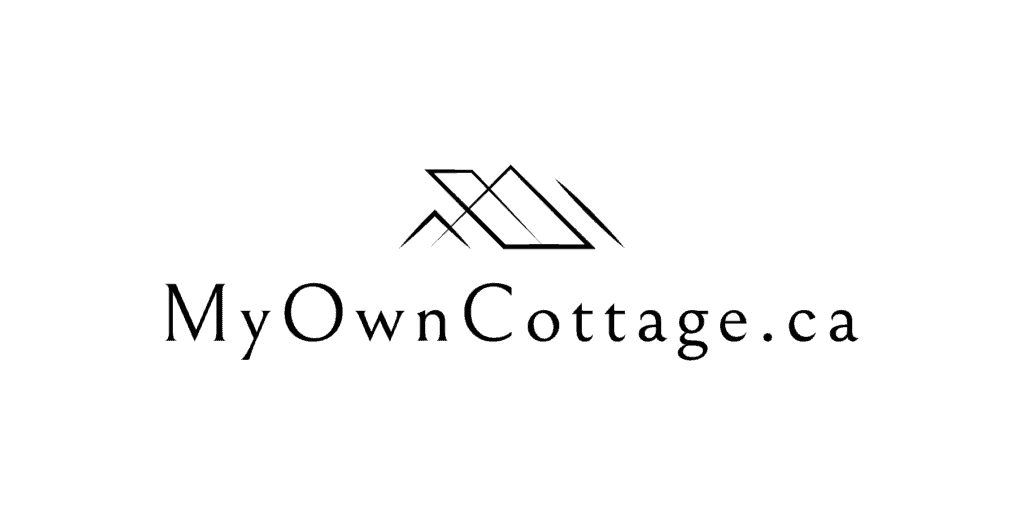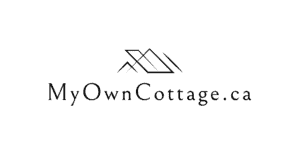Choosing the Right Materials for an ADU
Choosing the right materials for an ADU ensures durability, energy efficiency, and cost-effectiveness.
Learn which materials work best for Ontario’s climate.
Moreover, find out how our smart design choices can elevate your additional dwelling unit’s quality and long-term value.
Home » Choosing the Right Materials for an ADU
The Best Materials to use for an ADU
As interest in additional dwelling units (ADUs) grows across Ontario, homeowners are exploring how to build efficient, comfortable, and long-lasting living spaces on their property.
Whether you’re adding a basement apartment, converting a detached garage, or building a tiny house in your backyard.
Choosing the right materials for an additional dwelling unit (ADU) is one of the most critical steps in the process.
How to Select the Right Materials for Your ADU
At My Own Cottage, a Canadian prefab home builder, we help homeowners across the province and the country.
Our customizable designs allow buyers to create durable, energy-efficient accessory dwelling units that meet local standards and suit their personal needs.
We offer various types of ADUs for rental income, extended family, or tasteful granny flats for elderly parents.
This guide walks you through material considerations that impact everything from budget and construction speed to long-term value and environmental impact.
Lightweight vs. Heavy Materials
Carefully crafted additional dwelling unit plans can maximize limited space while ensuring the new unit meets both aesthetic preferences and functional needs.
One of the first decisions to make in the ADU construction process is whether to use lightweight or heavy materials.
Lightweight materials like structural insulated panels (SIPs), steel framing, and engineered wood are ideal for prefab construction.
Naturally, this is allowing for quicker builds and easier transportation.
In fact, this is especially important when building on a tight residential lot or in residential neighborhoods with access limitations.
Speed, Cost, and Design Implications
Heavy materials, such as poured concrete or brick, offer excellent durability.
They also offer fire resistance but come with added costs in labor and time.
For a detached ADU or laneway house in cities like Toronto or Ottawa, lightweight materials reduce foundation requirements.
Ultimately, this meeans speeding up the construction process, especially in colder months.
Meanwhile, if you’re converting an existing detached garage or adding to a single-family home, heavy materials may already be part of the structure and require matching.
A Separate Unit for Rental Housing or as a Cozy Guest House
The additional dwelling unit cost can be influenced by factors such as design complexity, material choices, labor rates, and local permitting fees.
Choosing between these types depends on your timeline, design goals, and budget.
Moreover, you’ll have to decide whether the ADU will serve as a separate unit for rental housing or as a cozy guest house for visiting family members.
Durable Longevity and Reduced Maintenance
The benefits of building an ADU includes creating a durable, extra living space.
In fact, durability is key when selecting finishes for any residential building.
However, this is even more important for ADUs that may become rental units or short-term rentals.
High-traffic spaces need materials that stand up to wear and tear without frequent maintenance.
For Interior Walls
For interior walls, look to washable, scuff-resistant paints and mold-resistant drywall, especially in areas like kitchens and bathrooms.
Durable flooring choices—such as luxury vinyl plank (LVP), porcelain tile, or engineered hardwood—combine resilience with modern design appeal.
For Exterior Finishes
Exterior finishes should withstand Ontario’s variable climate.
Fiber cement siding is fire-resistant, weatherproof, and low maintenance, making it a popular choice for accessory structures.
Engineered wood and metal cladding also provide long-term durability with a more contemporary look.
Preserving the Value of Your Main Residence
These smart material selections can reduce upkeep costs over time and preserve the value of your main residence.
Naturally, this is especially important if you plan to sell or refinance in the future.
Moisture and Mold-Resistant Materials
If your ADU will be located below grade, such as a basement apartment, moisture resistance is non-negotiable.
Ontario’s fluctuating weather patterns, high water tables, and freeze-thaw cycles make waterproofing and mold resistance essential.
For Basements and Other Wet Areas
Use closed-cell spray foam insulation to seal out moisture and insulate walls effectively.
Choose moisture-resistant subfloors and mold-inhibiting drywall in wet zones like bathrooms, laundry rooms, and kitchens.
For flooring, ceramic or porcelain tile works well in damp areas and is easy to maintain.
A Healthy Living Environment in Residential Areas
These choices are especially important in residential areas where moisture issues can jeopardize not only your ADU but your entire main home.
For homeowners offering space to adult children, elderly parents, or tenants, a healthy living environment is a top priority.
Siding, Roofing, Insulation, and Flooring
Let’s break down the key materials that make up a high-quality additional dwelling unit:
Exterior Siding
Choose between vinyl (budget-friendly and low maintenance), fiber cement (durable and fire-resistant), or wood (aesthetic but requires upkeep).
For urban laneway houses or coach houses, the style of siding can influence how well the unit blends into the neighborhood.
High-Quality Roofing
Asphalt shingles are affordable and common, but metal roofing offers superior longevity and energy efficiency.
This is a smart investment for detached ADUs or carriage houses exposed to Ontario’s harsh winters and summer sun.
Insulation
Spray foam provides airtight sealing and energy savings.
It’s ideal for small residential units where energy efficiency and indoor comfort are top priorities.
This is especially important and valuable when the unit is detached from the primary residence.
Flooring
In tiny homes and secondary suites, luxury vinyl tile is a cost-effective, waterproof, and stylish solution.
For accessory apartments in existing structures, match flooring to the main house for cohesion.
Budget-Conscious vs. Premium Choices
When building an ADU, cost management is crucial.
Budget-conscious material selections can help you create affordable housing options without sacrificing durability or aesthetics.
For example, LVP flooring provides the look of hardwood at a fraction of the price, while vinyl siding is low-cost and durable.
Finding the Right Balance
On the other hand, if your ADU is meant to generate extra income through short-term rentals or to house in-law units, premium materials can help boost your property value.
Investing in stone countertops, upgraded fixtures, or metal roofing can make your ADU more attractive to potential renters or future buyers.
💡 Your material choices should align with your goals—whether it’s owner occupancy, supporting extended family, or increasing your rental income stream.
Sustainability and Eco-Certified Material Options
Sustainability is becoming increasingly important to property owners and local governments alike.
Selecting eco-friendly building materials contributes to lower energy bills, reduced environmental impact, and better indoor air quality.
Eco-Certifications and Zoning By-Law Requirements
Look for materials with eco-certifications like LEED, FSC, and ENERGY STAR®.
Moreover, choose low-VOC paints, recycled insulation products, and sustainably sourced wood.
These choices not only support a healthier planet.
Rather, they may also help meet city council or zoning by-law requirements related to green building practices.
Prefab Construction Reduces Material Waste
Prefab construction, as practiced by My Own Cottage, already reduces material waste and carbon footprint.
When combined with sustainable material selections, it creates an ideal solution for housing affordability, housing needs, and a greener Ontario.
How My Own Cottage Helps You
At My Own Cottage, we’ve streamlined the process of building prefab ADUs across Ontario.
From attached ADUs to internal ADUs, we guide you through the selection of materials tailored to your unique goals, property conditions, and budget.
Choosing the Right Materials
We stay up to date on zoning ordinances, local regulations, and building codes across residential neighborhoods.
We’re ensuring your project complies with owner-occupancy requirements, energy standards, and long-term safety.
Whether you’re building a tiny house, a guest house, or a secondary suite, our expertise in prefab design and construction simplifies every step.
Recommendations that Balance Durability and Affordability
You can count on us to offer recommendations that balance durability, affordability, and beauty while meeting your specific needs.
Whether it’s building a space for person households, generating additional income, or enhancing your main house.
Building a Better ADU
Whether your goal is to support adult children, welcome elderly parents, or earn rental income.
Choosing the right materials for an ADU will shape the comfort, cost, and longevity of your investment.
From foundation to finishes, the right decisions can create a residential unit that enhances your main residence and contributes to Ontario’s evolving housing stock.
One Material at a Time
At My Own Cottage, we’re proud to help homeowners turn their ADU dreams into reality.
Let’s start planning your sustainable, cost-effective, and beautifully built accessory dwelling unit today.
Book a free consultation with us or simply fill out the form below to get started today.

